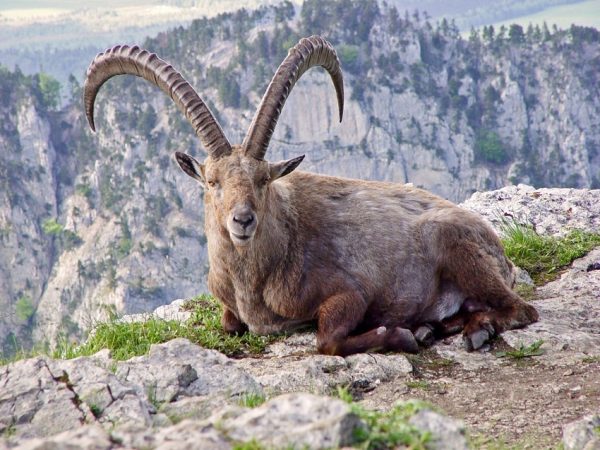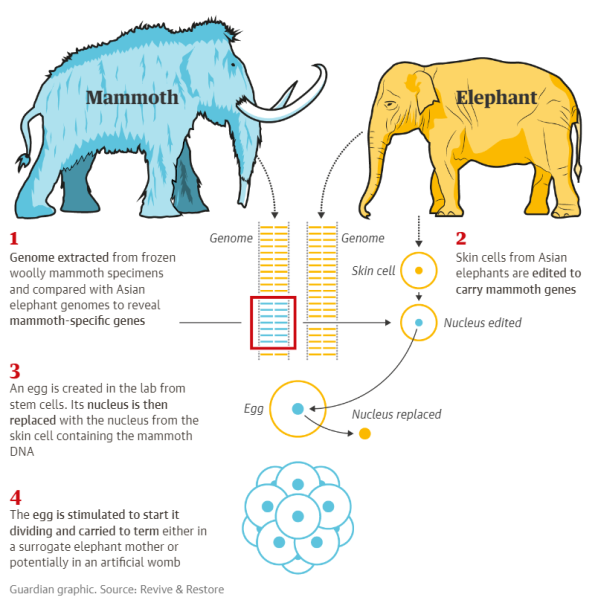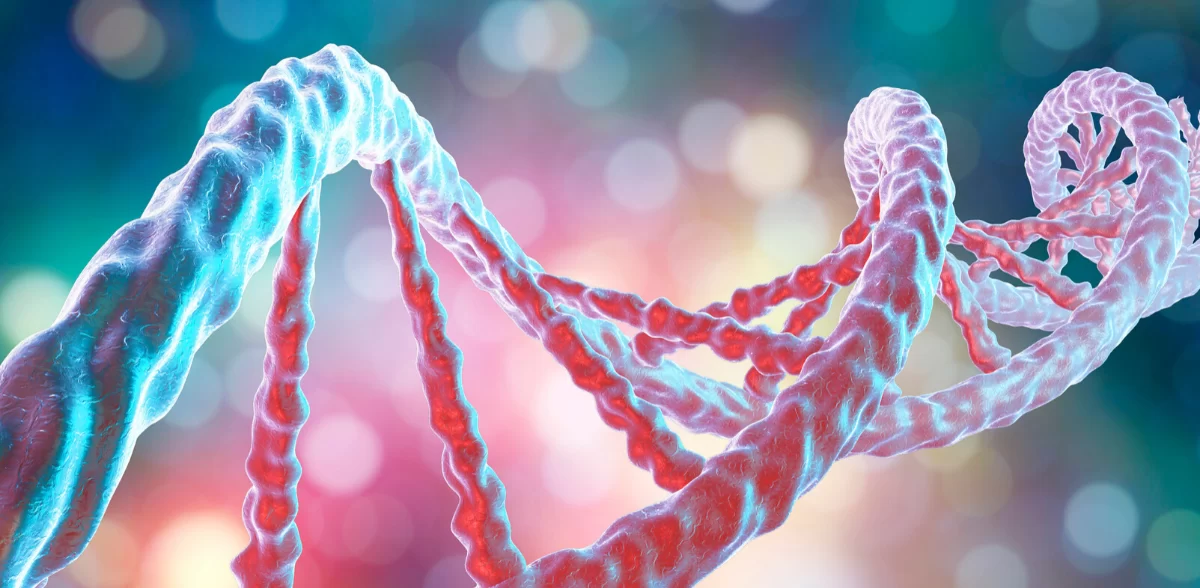Would you want a T-rex as a pet? How about a wooly mammoth roaming your streets? So many unique animals have been lost, but scientists have found a new way to bring them back to life: A process called de-extinction could have a dodo bird out in the wild in only a few decades!
To resurrect extinct organisms, we must first clarify how extinction can be defined. An animal can be locally extinct, which means they are no longer found in their native range, like California grizzly bears. Extinction in the wild means they can only survive in captivity, like the Hawaiian crow. Or an organism can be functionally extinct, meaning it no longer has an effective role in its ecosystem, like the Bornean rhinoceros. Additionally, when genetic material for “extinct” animals can be found, these animals are classified as evolutionarily torpid rather than truly globally extinct. Along with cloning and genome editing, we can use the reproductive material to reconstruct these evolutionary torpid species.
Scientists have developed back-breeding—the most “natural” way to recreate an extinct species. However, this methodology can only be successfully used on certain animals. It requires breeding and mixing living organisms to find a combination genetically close to the extinct organism, and it has been used most famously with the aurochs and the quagga.

Over time, scientists have found a way to artificially come closer to a proxy that can fill the role of the extinct species. Cloning, a novel method, uses these evolutionary torpid species, and puts the zygote, the fertilized egg of the extinct species, into a host animal. This method has proven successful—in fact, the Pyrenean Ibex had been recreated using frozen skin cells!

If an animal is truly globally extinct, another process called synthetic genome cloning is a feasible option. Synthetic genomes entail making a fully artificial genome in a laboratory through joint smaller RNA and DNA molecules called oligonucleotides. However, because there are so many intricate structures in one genome, constructing one is incredibly complicated. Recently, a less complicated genome has been synthesized, but the simplification process still needs improvement. A more realistic and easier approach is genome editing, which alters the genomes of a closely related animal. This has been used to try recreating the wooly mammoth from the Asian elephant.

Ultimately, every extinct species has the potential to be recreated, and these methods will bring us closer to resurrecting animals of the past. However, the role that these species play in an ecosystem and how they benefit the environment impacts whether they will be chosen for de-extinction. Keystone species, apex predators, and ecosystem engineers are all indispensable factors in an ecosystem.
Another aspect scientists consider is the probability of success. Because de-extinction is a novel concept, only certain species are attainable with our present resources and understanding. This helps scientists decide which animal to attempt to recreate. However, in some cases, scientists have overlooked suitable candidates for charismatic ones.
Animals with distinct characteristics are often more popular, which stimulates public interest and brings in funding. Because funding is so vital, some scientists have diverged from more logical candidates, but ultimately, most trials are based on animals that will impact our environment the most socially and ecologically.
With so many new technologies and discoveries, human intervention has become a prevalent ethical debate. However, reviving certain animals can greatly improve our ecosystem—for instance, wooly mammoths can slow down permafrost.
The concept of de-extinction is still new, and we don’t know how far we could go with this. But if you had the chance, what animal would you bring back to life?

